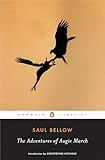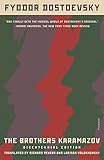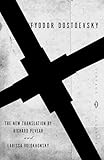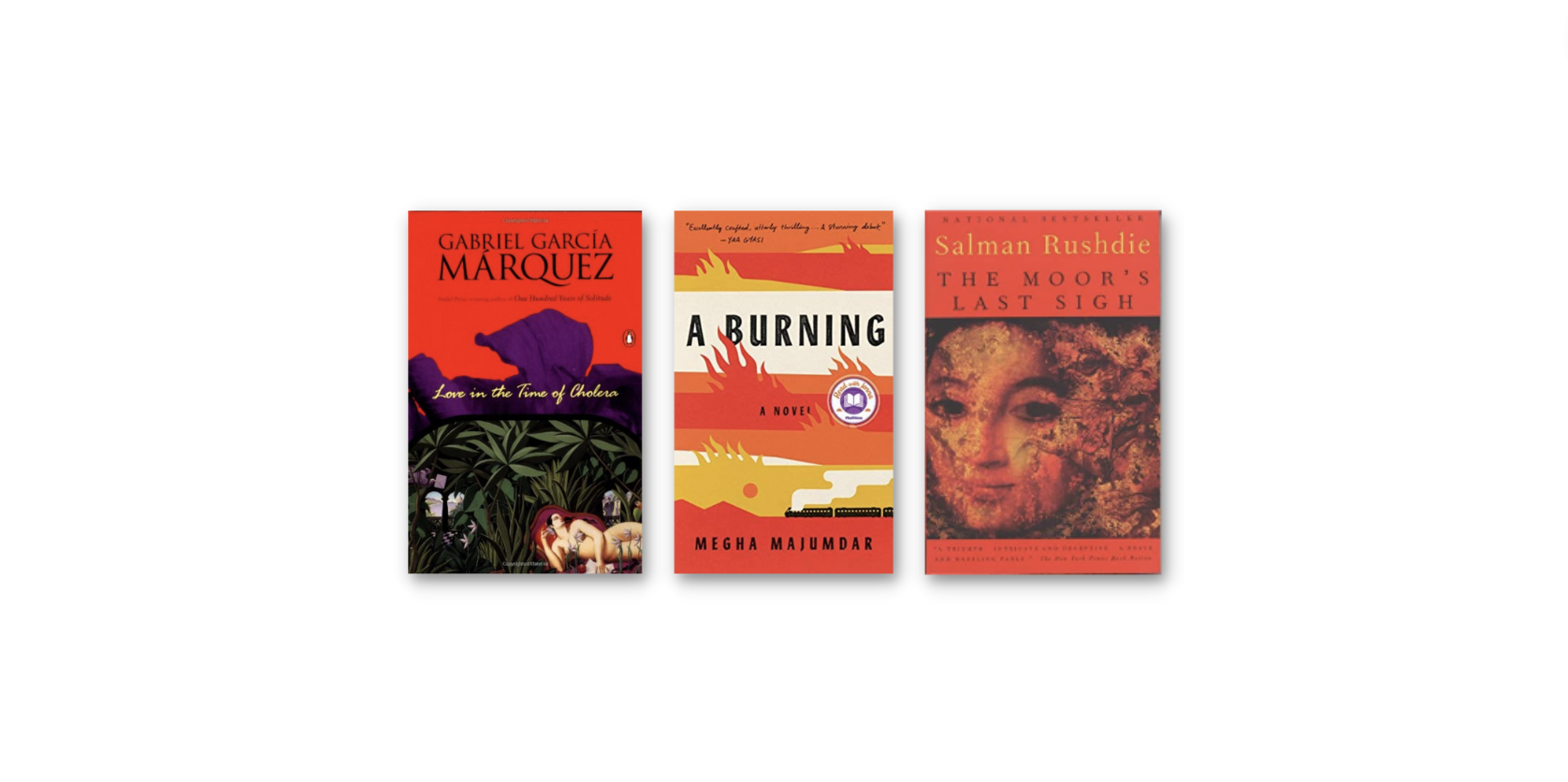As 2022 wound down, once again the floor-to-ceiling bookcases that cover every wall in my study groaned with more volumes than they could hold. I only keep those that I want to return to for inspiration, for memorable passages, for technique… or sometimes in the hope that by cradling a volume its magic rubs off on me. I stood gazing at this chronicle of my reading history. As with prize-winning rose bushes or facial hair, periodic pruning is necessary. Earlier in the year, my novel—the labor of nearly a decade—finally went off to the printers with a launch date set for May 2023. In the lull following its departure, I had felt lost. The pruning task over many weeks would turn out to be a self-examination, a means of retooling and reinvention. I hoped it would be the necessary cure for what ailed me.



 I began the trimming with the shelves I labeled “RESEARCH” that held the many books I’d read in aid of my novel, which is set in India and Glasgow. “Research” is the writer’s guilt-free method of not writing. Many books on my “RESEARCH” shelves here were absolute keepers: Isabel Wilkerson’s Caste; hand surgeon Paul Brand’s memoir The Gift of Pain; Salman Rushdie’s The Moor’s Last Sigh; and Douglas Stuart’s Shuggie Bain, to name just a few.
I began the trimming with the shelves I labeled “RESEARCH” that held the many books I’d read in aid of my novel, which is set in India and Glasgow. “Research” is the writer’s guilt-free method of not writing. Many books on my “RESEARCH” shelves here were absolute keepers: Isabel Wilkerson’s Caste; hand surgeon Paul Brand’s memoir The Gift of Pain; Salman Rushdie’s The Moor’s Last Sigh; and Douglas Stuart’s Shuggie Bain, to name just a few.




 The shelf adjacent to “RESEARCH” was unlabeled, but in my head it has always been the “NEW BOOKS” shelf, the place where I stacked recent acquisitions, some in pristine jackets, others unadorned in bound-galley form. Some I had read, others were yet to be read. Amongst the former was The Love Songs of W.E.B. Du Bois by Honorée Fanonne Jeffers. The turned-down page corners and margin notes testified to how enthralled I was by Jeffers’s epic, multi-generational tale—a definite keeper, as was A Burning by Megha Majumdar; Majumdar’s crisp style of storytelling through just a few point-of-view characters felt like an original invention. The “NEW” shelf also held John Irving’s latest, The Last Chairlift, his longest book to date. I’d been privileged to see it in an early draft form. Now I moved it to its permanent home on the alphabetized “FICTION” shelves next to Irving’s other books. Of those, The World According to Garp and A Prayer for Owen Meany showed the most wear. I can still recall the profound experience of first reading those two novels, years before I started writing. When I did start writing, I’d often go back to John Irving’s books to marvel at the craft of a writer who prides himself on knowing every element of his plot—beginning, ending, first and last line of each chapter—before he starts.
The shelf adjacent to “RESEARCH” was unlabeled, but in my head it has always been the “NEW BOOKS” shelf, the place where I stacked recent acquisitions, some in pristine jackets, others unadorned in bound-galley form. Some I had read, others were yet to be read. Amongst the former was The Love Songs of W.E.B. Du Bois by Honorée Fanonne Jeffers. The turned-down page corners and margin notes testified to how enthralled I was by Jeffers’s epic, multi-generational tale—a definite keeper, as was A Burning by Megha Majumdar; Majumdar’s crisp style of storytelling through just a few point-of-view characters felt like an original invention. The “NEW” shelf also held John Irving’s latest, The Last Chairlift, his longest book to date. I’d been privileged to see it in an early draft form. Now I moved it to its permanent home on the alphabetized “FICTION” shelves next to Irving’s other books. Of those, The World According to Garp and A Prayer for Owen Meany showed the most wear. I can still recall the profound experience of first reading those two novels, years before I started writing. When I did start writing, I’d often go back to John Irving’s books to marvel at the craft of a writer who prides himself on knowing every element of his plot—beginning, ending, first and last line of each chapter—before he starts.



 “Craft” is probably the single best organizing word, the necessary attribute for a book to stay on my fiction shelves. The prose styles, the voices, and the stories have shaped my literary imagination. To scan the spines of these novels was like looking at old photo albums and seeing faces of family and friends, many long departed, but still alive in what they left behind in memory. Two books in the “FICTION” shelves stand out because they led me to study medicine, many years before I would try my hand at writing. Physicians of my generation and the ones preceding mine often speak of the book that “called” them to medicine when they were in school or college. In America, it was often Sinclair Lewis’s Arrowsmith or Paul de Kruif’s Microbe Hunters that did the calling. But my inspiration to study medicine came from The Citadel by A.J. Cronin, and Of Human Bondage by Somerset Maugham. This year I read both books again—my fourth or fifth reading at the very least. I still find inspiration in the pages. The Citadel portrays a young doctor’s life as taxing, sleepless, and bordering on penurious, not a romantic or heroic pursuit… yet my youthful self closed the book convinced of the opposite: that medicine was a romantic pursuit, a heroic calling. I couldn’t imagine doing anything else. Medicine is a minor theme in Of Human Bondage, but even so it triggered my twelve-year-old imagination into wanting to be a physician—it still does. I was well aware that both A. J. Cronin and Somerset Maugham were physician-writers, a fact I only registered as explaining the authority with which they described medical scenes. Those books inspired me to go into medicine, not writing. Decades later, long after becoming a seasoned physician, I felt the calling to write. Ironically, that urge came not from any book but from being a privileged witness to so many extraordinary situations and human emotions, particularly in the early days of HIV infection. Reading Cronin and Maugham again, but now inevitably paying attention to their craft, held great lessons: both writers had a plain, unadorned prose style that enhanced the verisimilitude of the incredible tales they spun out. They were fulfilling the most important rule of writing: a good story, well told.
“Craft” is probably the single best organizing word, the necessary attribute for a book to stay on my fiction shelves. The prose styles, the voices, and the stories have shaped my literary imagination. To scan the spines of these novels was like looking at old photo albums and seeing faces of family and friends, many long departed, but still alive in what they left behind in memory. Two books in the “FICTION” shelves stand out because they led me to study medicine, many years before I would try my hand at writing. Physicians of my generation and the ones preceding mine often speak of the book that “called” them to medicine when they were in school or college. In America, it was often Sinclair Lewis’s Arrowsmith or Paul de Kruif’s Microbe Hunters that did the calling. But my inspiration to study medicine came from The Citadel by A.J. Cronin, and Of Human Bondage by Somerset Maugham. This year I read both books again—my fourth or fifth reading at the very least. I still find inspiration in the pages. The Citadel portrays a young doctor’s life as taxing, sleepless, and bordering on penurious, not a romantic or heroic pursuit… yet my youthful self closed the book convinced of the opposite: that medicine was a romantic pursuit, a heroic calling. I couldn’t imagine doing anything else. Medicine is a minor theme in Of Human Bondage, but even so it triggered my twelve-year-old imagination into wanting to be a physician—it still does. I was well aware that both A. J. Cronin and Somerset Maugham were physician-writers, a fact I only registered as explaining the authority with which they described medical scenes. Those books inspired me to go into medicine, not writing. Decades later, long after becoming a seasoned physician, I felt the calling to write. Ironically, that urge came not from any book but from being a privileged witness to so many extraordinary situations and human emotions, particularly in the early days of HIV infection. Reading Cronin and Maugham again, but now inevitably paying attention to their craft, held great lessons: both writers had a plain, unadorned prose style that enhanced the verisimilitude of the incredible tales they spun out. They were fulfilling the most important rule of writing: a good story, well told.





 My “FICTION” shelves held the complete works of a few writers like John Irving and Gabriel García Márquez. Indeed, if pressed to name my absolute favorite novel of all time, Love in the Time of Cholera would be it. There were also solitary novels I admired by well known writers housed on these shelves, but I had not read anything else they had written. For instance, I’d loved Saul Bellow’s Humboldt’s Gift, but that was the only book of his I’d read. Though COVID-19 kept us busy in the hospital through 2021 and 2022, it offered long spells at home when I could address this deficiency. In the last two years, I systematically read Bellow’s canon of works; I came away even more in awe of his timeless and highly original genius. The Adventures of Augie March displaced Humboldt’s Gift as my favorite. Similarly, I think I read Crime and Punishment in school, but I clearly wasn’t ready for it. Reading Dostoyevsky’s classic again led me to The Brothers Karamazov, The Idiot, and all his translated books that I could put my hands on. My shame in coming to Dostoyevsky so late in my life was eclipsed by the joy in discovering work that was new to me, even if it was over a hundred years old. I began to do the same for other authors whose craft I had admired based on a fraction of their output: Orhan Pamuk, Anita Desai, Robertson Davies, Eudora Welty.
My “FICTION” shelves held the complete works of a few writers like John Irving and Gabriel García Márquez. Indeed, if pressed to name my absolute favorite novel of all time, Love in the Time of Cholera would be it. There were also solitary novels I admired by well known writers housed on these shelves, but I had not read anything else they had written. For instance, I’d loved Saul Bellow’s Humboldt’s Gift, but that was the only book of his I’d read. Though COVID-19 kept us busy in the hospital through 2021 and 2022, it offered long spells at home when I could address this deficiency. In the last two years, I systematically read Bellow’s canon of works; I came away even more in awe of his timeless and highly original genius. The Adventures of Augie March displaced Humboldt’s Gift as my favorite. Similarly, I think I read Crime and Punishment in school, but I clearly wasn’t ready for it. Reading Dostoyevsky’s classic again led me to The Brothers Karamazov, The Idiot, and all his translated books that I could put my hands on. My shame in coming to Dostoyevsky so late in my life was eclipsed by the joy in discovering work that was new to me, even if it was over a hundred years old. I began to do the same for other authors whose craft I had admired based on a fraction of their output: Orhan Pamuk, Anita Desai, Robertson Davies, Eudora Welty.
Every night with some reluctance I crawled to bed, the task unfinished. The pruning process was failing; there’d be fewer books than I imagined to donate to the library. Soon I realized there was no solution but to build more book shelves somewhere else in the house. But I could argue that on a personal level the pruning was successful: in the sorting, the reading of new books, rereading others, and rediscovering “new” work of old masters, I felt healed and energized. That the task is unfinished is good news. It will take a lifetime. I wouldn’t want it any other way.
More from A Year in Reading 2022
A Year in Reading Archives: 2021, 2020, 2019, 2018, 2017, 2016, 2015, 2014, 2013, 2012, 2011, 2010, 2009, 2008, 2007, 2006, 2005









